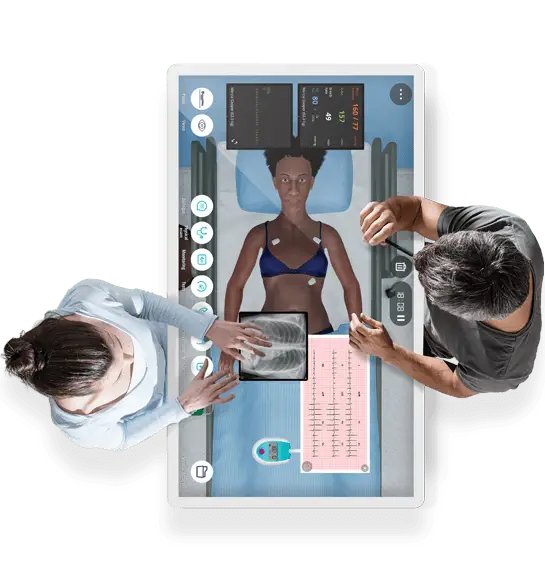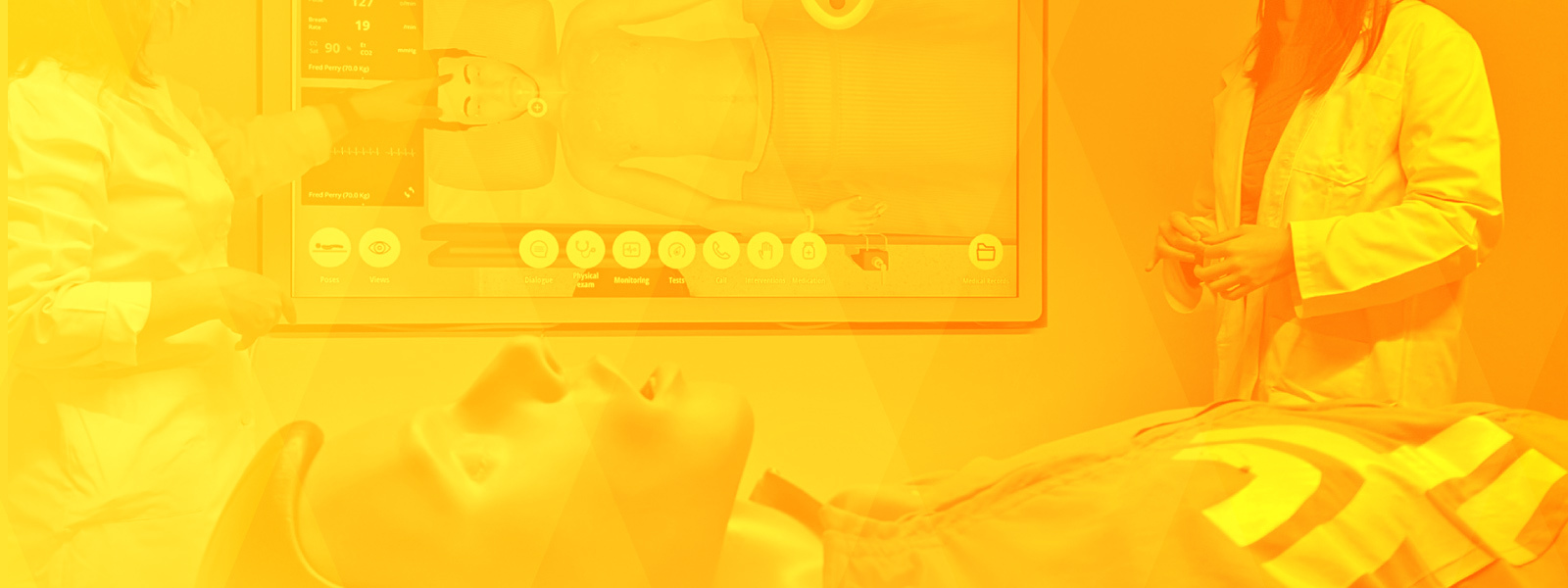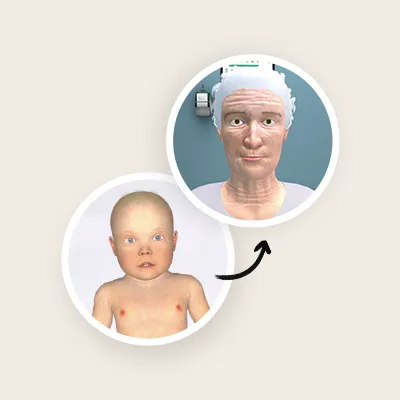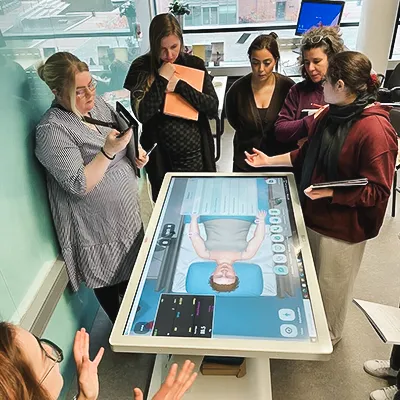Patient safety can be defined as reducing the risk of harm to the minimum acceptable level. Although nothing can replace real experiences in a real-life context, learning through simulation, especially Virtual Patients, is an essential and critical facilitator to help students and future healthcare professionals gain confidence and develop important skills, enhance their knowledge and improve their attitude.
The use of simulators has been shown to enhance outcomes that reflect not only on patient safety but also on the quality of care.
To promote active, engaging and comprehensive learning experiences, Body Interact- Virtual Patient Simulator hosted a webinar under the theme of “Simtegration: New pedagogical approach” where Virtual Patients are combined with other simulation resources.
Simtegration: New pedagogical approach
Review the Body Interact webinar in the video below to understand more about Simtegration – Combine Virtual Patients with Simulation tools
Simtegration can be defined as the combination of Virtual Patients with other simulation tools such as task trainers, standardized patients, and low- and high-fidelity manikins.
In this way when solving the scenario as usual on Body Interact, anytime there is the need to request a medical test, perform an intervention or administration medication the student will select that but they would also pause the scenario in order to perform the intervention.
The identified benefits of using this pedagogical approach are:
- Optimize existing resources
- Promote Knowledge – Skills – Attitude integration
- Improve the clinical reasoning skills Body Interact fosters and also psychomotor and procedural skills
- Provide an active, comprehensive, holistic and engaging learning experience
- Improve non-technical skills such as communication and teamwork
Virtual Patients in Nursing Education
In Nursing Education, Virtual Patient Simulation allows students to develop and improve soft skills, crucial to facilitate communication and navigating the workplace successfully. It enables future nurses to grow professionally and to have the confidence to recognize deteriorating patients and select the best treatment option.
According to the Simtegration concept, they can develop these types of skills, allowing students to practice specific procedures in a controlled environment before performing these procedures on real patients. Thus, the strategy has been considered an important part of nursing program curricula.
Check the research papers to learn more about the benefits of practising with Virtual Patients in Nursing Education.
Virtual Patients in Medical Education
In undergraduate education, medical students can also benefit from this concept as it can also have a big impact on their outcomes and improvements.
From interacting with virtual patients, checking their vital signs and performing physical examinations, they are also able to have gestures training. After having this context and entering the simulation environment, hands-on, technical, and procedural skills are developed under the practice with standardized patients, task trainers, and low- and high-fidelity manikins.

Body Interact – Virtual Patient Simulator promotes students’ clinical reasoning and decision-making skills in a safe, engaging, and motivational environment as a ready-made hybrid solution for face-to-face and online classes.
Ready to bring innovative teaching strategies to your classroom?
Schedule a 15 min meeting with the Body Interact team








